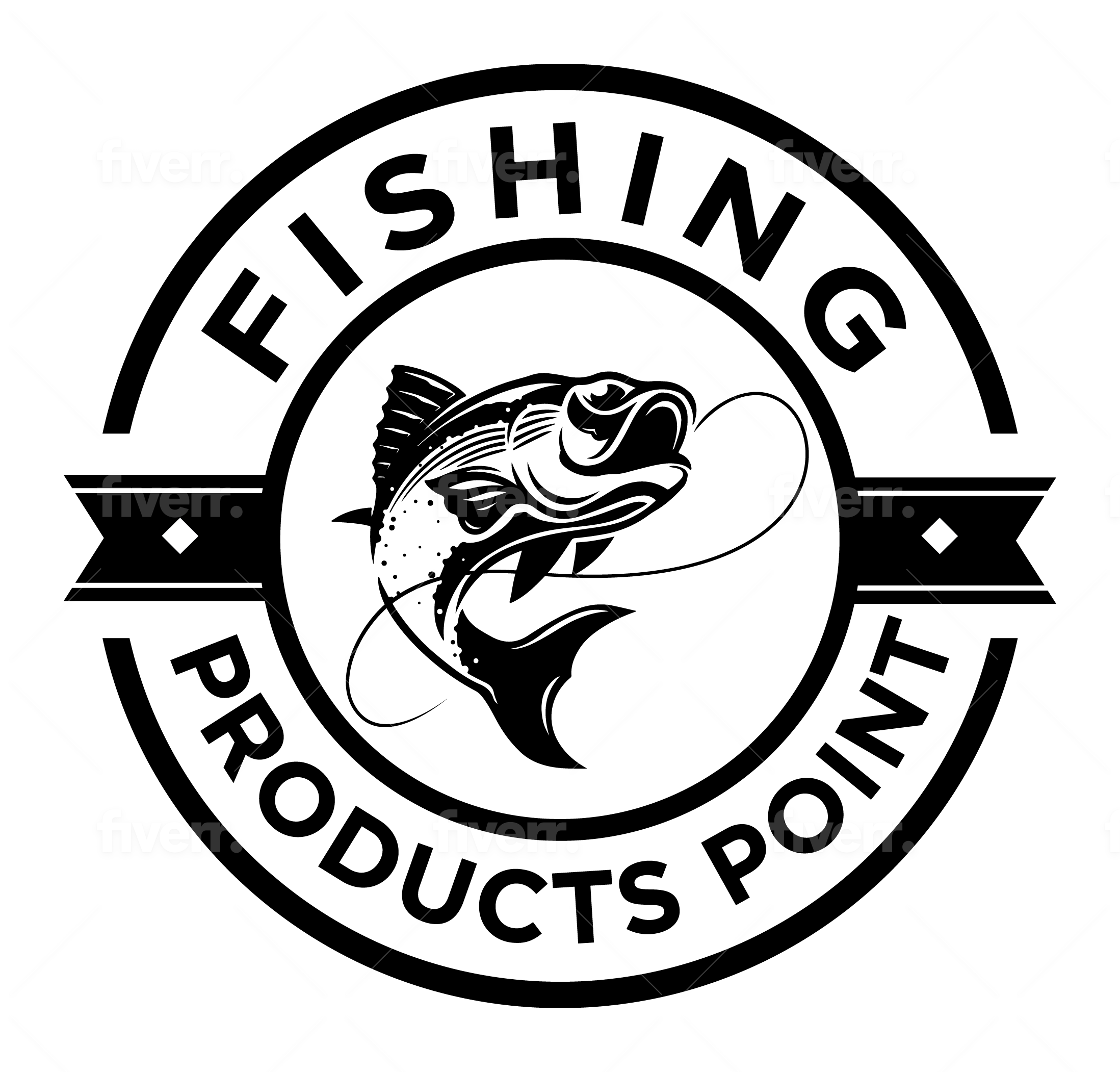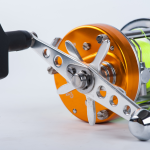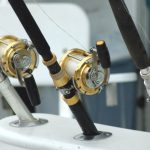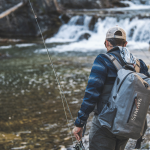Setting up a fishing reel with the right fishing line is an essential aspect of successful angling. The process of spooling a fishing line onto a reel may seem straightforward, but it plays a critical role in determining the outcome of your fishing expedition. It is a great way to relax and enjoy the outdoors while also catching some fish.
Having the appropriate gear is crucial in fishing, and a fundamental part of this gear is the fishing reel. However, prior to casting your line, it’s essential to load the fishing line onto your reel.
This guide will walk you through the step-by-step process of loading the fishing line onto your reel, explore the benefits and potential drawbacks, offer valuable tips, and provide answers to common questions. Here is a comprehensive guide on how to put fishing line on a reel given below:
Step 1: Choose the Right Line
Select a fishing line appropriate for your fishing style and target species. Options include monofilament, fluorocarbon, and braided lines, each with its unique properties. You will need a new spool of fishing line, a pair of scissors, and a knot tying tool.

Step 2: Prepare the Reel
Ensure the reel is securely attached to the rod and ready for spooling. Some reels have a spool-tension knob to prevent line tangles during the process.
Step 3: Time to attach the reel
Once you have chosen the right type of line, you need to attach it to your reel Begin by unlocking the bail on your reel and fastening the fishing line to the spool using an arbor knot. Thread the line through the small rings on the fishing rod and tie it temporarily near the top of the rod using a simple knot.
This is a special knot that is used to secure the fishing line to the reel. There are many different ways to tie an arbor knot, so find a method that you are comfortable with.
Step 4: Begin Spooling
Turn the reel handle to wind the fishing line onto the spool. Keep the line taut and evenly distributed across the spool, minimizing the risk of tangling or uneven line lay. Keep adding line to the spool until it’s almost full, leaving a bit of space to avoid putting too much. Cut the line, leaving a few inches extending from the rod tip.
Step 5: Maintain Tension
The final step in learning how to put fishing line on a reel involves maintaining tension. Use your fingers or a cloth to apply gentle pressure on the line and start reeling it onto your spool. Ensure the line is winding onto the spool smoothly and without any twisting or bunching. This prevents loose loops and ensures a tightly packed spool.
Step 6: Fill the Spool
Thread the fishing line through the reel. Begin by passing the fishing line through the small hole on the side of the reel, called the eyelet. Continue reeling in the line until your spool is full or until you have reached your desired amount of line.
Benefits of Properly Spooling Fishing Line
Let’s delve into these advantages to maximize your benefits:
1. Enhanced Casting
There are many benefits to putting fishing line on a reel correctly. A correctly loaded line guarantees seamless, extended casts, facilitating your ability to reach your intended fishing location with greater efficiency. Additionally, a properly spooled reel will last longer.
2. Reduced Tangles
An expertly loaded line diminishes the chances of encountering tangles and knots while casting and retrieving.

3. Improved Sensitivity
A correct line arrangement heightens sensitivity, enabling you to detect even the most subtle fish nibbles.
4. Working properly
Spooling fishing line onto a reel constitutes a fundamental aspect of the fishing process. By doing it correctly, you can ensure that you have enough line to catch fish and that your equipment is working properly.
Pros and Cons
Examine these pros and cons to prevent errors and amplify the enjoyment of your adventure:
Pros:
Properly spooled fishing line can help prevent tangles and knots.
Having enough line on your reel can help you catch bigger fish.
Employing the appropriate fishing line variety can enhance your likelihood of successfully catching fish.
Spooled fishing gives smoother casting.
Cons:
Spooling fishing line can be time-consuming.
Selecting an inappropriate fishing line variety can complicate your efforts to reel in fish.
It also can be difficult for beginners.
Essential Tips for Properly Spooling Fishing Line on a Reel
Here are a few tips about how to put fishing line on a closed reel:
1. Attach a Backing Line for Maximum Capacity
Before adding the main line, consider attaching a backing line to the spool. This increases line capacity and ensures you’re fully prepared for longer battles.
2. Smooth Line Retrieval to Prevent Twists
Ensuring the line smoothly comes off the spool is crucial to prevent tangles and twists during casting and retrieval. A trouble-free line movement guarantees a smoother fishing experience.
3. Regularly Replace Worn-Out Line
To maintain peak performance, regularly replace old and worn-out line. Fresh line increases sensitivity, casting distance, and your chances of a successful catch.
4. Choose the Right Fishing Line Type
Selecting the appropriate fishing line type based on your needs is fundamental. Different situations require different lines—monofilament, fluorocarbon, or braided—each offering distinct advantages.
5. Optimal Spool Filling, Avoid Overfilling
Ensure your spool is optimally filled, leaving about 1/16 inch of space between the lines top and the spool’s edge. Avoid overfilling, as it can lead to casting and retrieval issues.
6. Utilize Suitable Knots for Reels
When securing the line to the reel, use knots designed specifically for fishing reels. This guarantees a firm attachment and averts any potential mishaps during your fishing adventure.
7. Ensuring Proper Line Lay
Spool the line onto the reel by winding it clockwise to ensure uniform placement. This uniform motion ensures proper line lay and minimizes the chances of tangles.
8. Maintain Tautness While Winding
As you spool the line onto the reel, maintain slight tension throughout the process. This technique prevents slack and results in a tightly wound spool, ready for action.
9. Leave a Gap, Test Your Reel
When you’re nearing the completion of spooling, leave a small gap to prevent overfilling. After the spooling process, trim excess line and test your reel’s functionality.
10. Use High-Quality Fishing Line
Invest in high-quality fishing line to enhance your overall fishing experience. Premium lines offer better strength, durability, and performance in various conditions.

By following these expert tips, you’ll ensure that your fishing reel is equipped with the right line, expertly spooled, and ready to tackle the challenges of your angling journey.
Additional Information
If you are a beginner, it may be helpful to watch a video tutorial on how to put fishing line on a reel. There are many videos available online that can show you the proper technique. Here is more information about fishing line, you must know:
1. Prevent Slipping
When spooling braided line, consider using monofilament backing to prevent slipping on the spool.
2. Do Practice
If you’re new to fishing, it’s a good idea to get some practice before heading out on a big trip. You can practice putting fishing line on a reel at home or at a local pond or lake.
3. Monofilament
Offers versatility and easy handling but may have more line memory and visibility underwater.
4. Fluorocarbon
Nearly invisible underwater, has low stretch, and sinks quickly. However, it can be stiffer and more expensive.
5. Braided
Boasts exceptional strength and minimal stretch but can be more visible and prone to line dig-in.
Frequently Asked Questions about fishing reel
We will address the most frequently asked questions here to alleviate any doubts you might have. Here we go:
How much fishing line should I put on my reel?
The amount of fishing line that you should put on your reel depends on several factors, including the size of your reel and the type of fish that you are trying to catch. It is recommended to fill your spool up to approximately 1/8 inch below the top.
What type of fishing line should I use?
The type of fishing line that you should use depends on several factors, including the type of fish that you are trying to catch and where you are fishing. Monofilament is a good all-around choice for most types of fishing.
How much fishing line do I need?
The amount of fishing line you need will depend on the type of fishing you are doing and the size of the fish you are targeting. For general freshwater fishing, you will typically need about 100 yards of line. For saltwater fishing, you may need up to 300 yards of line.
How much line should I put on my reel?
Most reels have a line capacity indicator. Fill the spool until it’s nearly full, leaving a small gap.
Which way does the line go on the reel?
The line should go on the reel in a clockwise direction. This is because the reel turns in a clockwise direction when you cast your line. If the line is wound in the opposite direction, it can tangle easily.
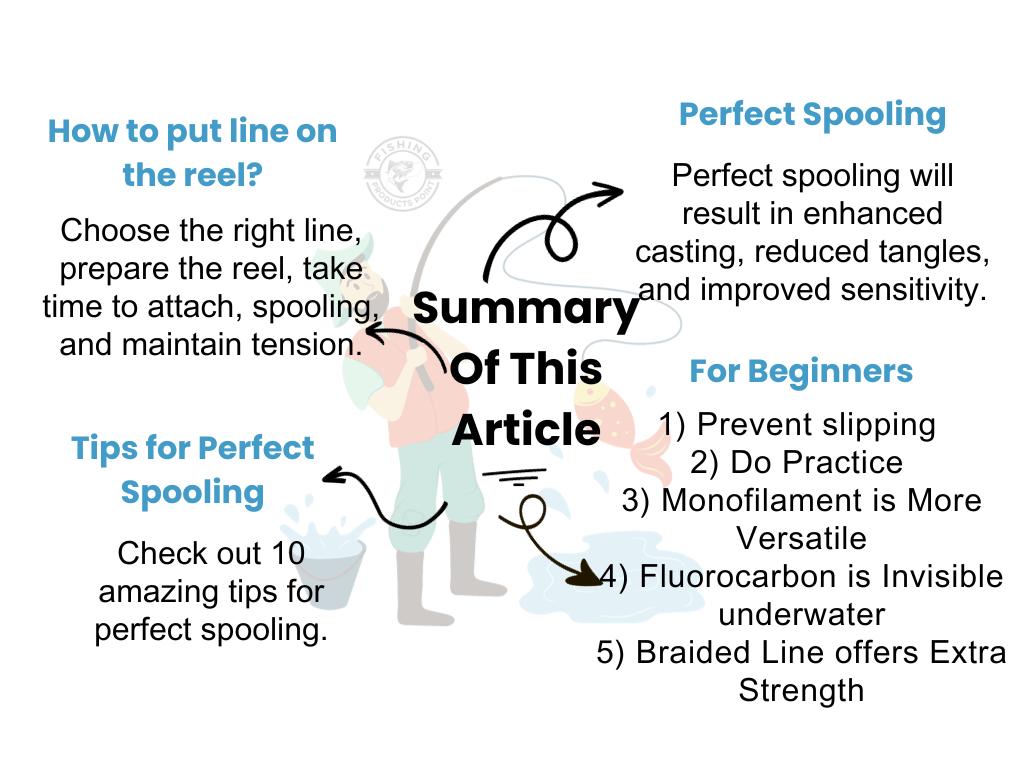
Conclusion
Properly spooling fishing lines onto your reel is an investment in successful fishing outings. By following these step-by-step instructions about how to put fishing line on a reel, understanding the benefits and drawbacks of different line types, and applying valuable tips, you can ensure that your reel is properly spooled and that you are ready to go fishing.
Properly spooling fishing line onto your reel is an investment in successful fishing outings. You can ensure that your line is ready to handle the challenges of reeling in your prized catch. Take the time to spool your line with care, and you’ll be well-equipped for a rewarding fishing experience on every trip.
